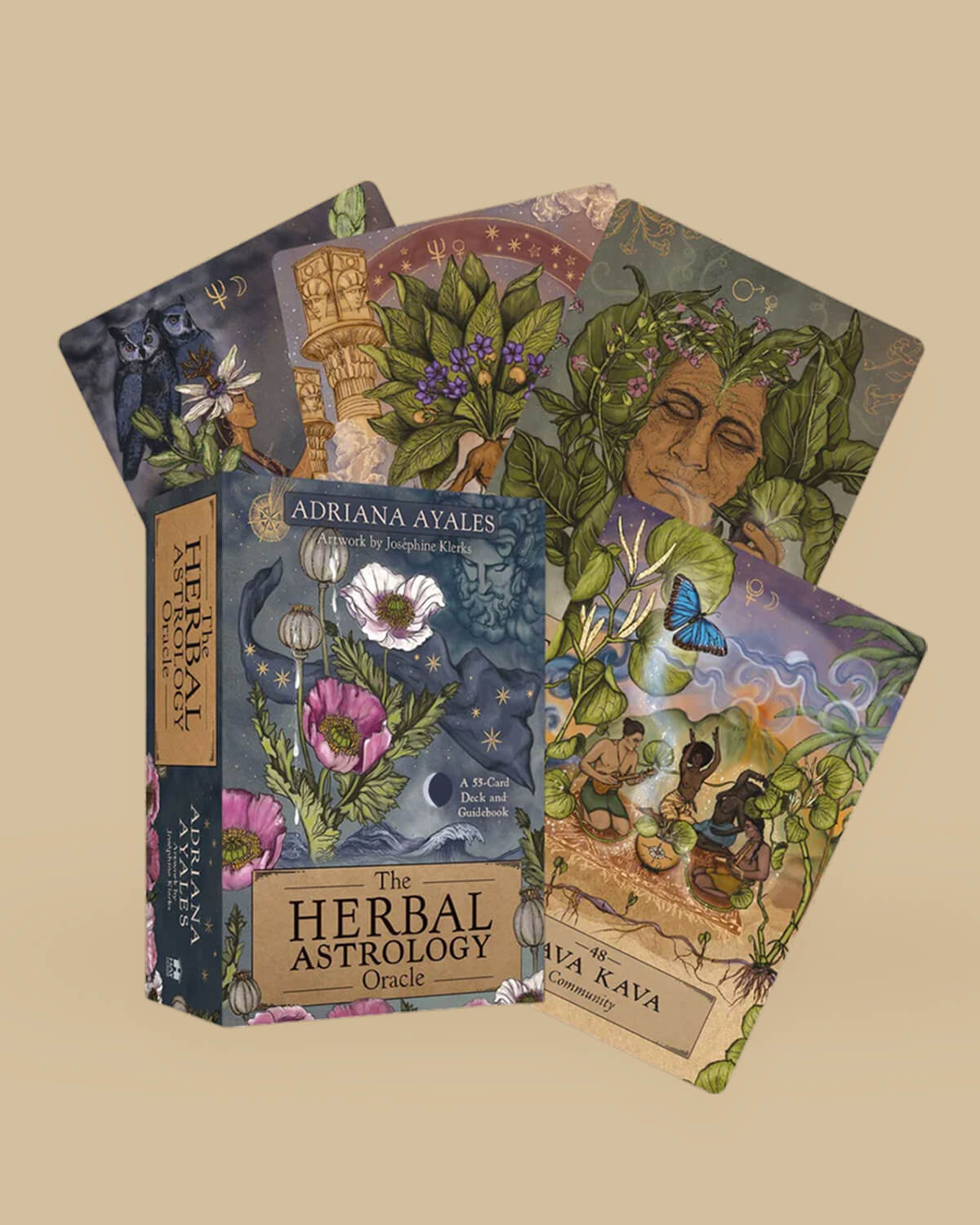Twice a year, something truly extraordinary happens, bringing light and darkness into perfect balance in both the Northern and Southern hemispheres. These historic markers of seasonal change are known as equinoxes, offering equal amounts of daytime and nighttime to both hemispheres of Earth in March and in September. When the spring equinox, also known as the “vernal equinox”, is marked in the Northern Hemisphere, the Southern Hemisphere marks the autumnal equinox. Then in September, the Southern Hemisphere’s vernal equinox occurs when the Northern Hemisphere marks the autumnal equinox.
Scientifically, an equinox is the only time of the year “when the subsolar point is directly on the Equator”, according to National Geographic, bringing about “equally illuminated hemispheres.” Unofficially heralding the arrival of spring, the March vernal equinox has traditionally represented the first day of the new year for many cultures around the world. Taking a closer look into some of these holidays, historic sites, and festivals around the world may help us to better understand the spiritual significance of this natural phenomenon, where (without atmospheric refraction’s interference) equinoxes harmonize approximately 12 hours each of daylight and nighttime in magnificent equilibrium. Ushering in spring blossoms and much needed sunlight, the vernal equinox bids farewell to winter and invites new possibilities for all living beings—we humans included—to shift, to expand, and to experience rebirth in many forms.
The yogi and spiritual leader Sadhguru explains that on the day of an equinox, “All the influences of the planet are at an equilibrium. In the yogic tradition,” Sadhguru says, “this day is seen as a day when one has the best possibility of transcending the limitations and the compulsions of one’s physical longings.” According to Sadhguru, the Hindu deity Shiva is said to have sat as an Ardhanari—half woman, half man—during the vernal equinox, deepening the belief throughout the East that the masculine and the feminine are on an equal keel during this time. In the eyes of Sadhguru, an equinox is a day “just to sit here and throb,” without having to identify with our physical form or other parts of our identities. Or, as the Spanish proverb goes: “How beautiful it is to do nothing, and then rest afterward.”
Honoring this time with purposeful gatherings and ceremonial reverence helps foster the conditions for personal and collective transformation. To demystify some of the deeper meanings behind this divine transition, here are some of the world’s cultural and spiritual traditions aligned with the vernal equinox.

Nowruz (Iran)
The first day of the year in the Persian calendar, Nowruz is celebrated by more than 300 million people throughout Eastern Europe, Central Asia, and around the world. For over 3,000 years, the holiday’s “haft-sin” (symbolic foods) all begin with the Arabic or Persian letter sin and represent the manifestations of different equinoctial blessings. For example, sabze (sprouts) symbolize rebirth, samanu (sweet pudding) symbolizes wealth, and somac (red sumac fruit) represents the color of the sunrise. This ancestral festival not only marks the first day of spring, it also affirms life in harmony with nature and respect for natural sources of life. (Sources: National Geographic, United Nations)
Chichén Itzá (Mexico)
The magical visual geometry at “El Castillo” (the Temple of Kukulkan)---which is believed to have been used by the Mayas to ceremoniously mark equinoxes—has only caught the attention of tourists and scholars in the last two decades. With the setting of the sun, seven illuminated triangles appear on the Castillo’s northern staircase on the main pyramid. The desired illusion stuns thousands of visitors annually, though locals have long been aware of the impressive effect of the serpent coming alive in the flickering dance between the shadows and the light. Orchestrated so brilliantly as to only be seen during the two annual equinoxes, the snake-like light patterns at Chichén Itzá remain hotly debated among experts. Yet the evidence for Mayan vernal equinox rituals is strongly displayed in the many serpent god tributes throughout the sacred site. (Sources: National Geographic, The Baltimore Sun)

Vernal Equinox Day (Japan)
The Vernal Equinox Day officially became a public holiday in Japan in 1948. Long before that and into the present day, the Shintoism-inspired traditions included making changes in one’s life, starting new habits or hobbies, cleaning one’s home, and visiting the graves of loved ones. Today, many people spend the day with their relatives, often visiting and tending to family graves. The globally famed cherry blossoms (sakura) appear around the first day of spring, too, which is when honoring ancestral graves takes on even more significance throughout Japan. Cleansing the tombstone, making five types of offerings—flowers, incense, candles, water, and food—and reciting prayers and Buddhist sutras are all part of these spring equinoctial purification rituals at family grave sites. (Source: Japan Times)
Spring’s Universal Spirituality
Similar to the Mayan temples and perhaps lesser known, the Mnajdra Temples along Malta’s southern coast were built with intentional alignment toward both solstices and equinoxes. In East Asia, the Chunfen festivities have their roots in the Chinese astronomical calendar, once celebrated by emperors and continuing in the present during the vernal equinox. Craft author and modern witch Gabriela Herstik explains that witches celebrate the passing of the seasons as “high holy days, when the atmosphere is charged like electricity for magick, manifestation and reflection.” According to Herstik, the Spring Equinox is known to witches as Ostara (named for the Germanic lunar goddess), which is a time of equilibrium, a time to plant, and to reap the blossoms of the metaphoric and physical seeds we planted since the Winter Solstice. Herstik says it’s also a “time to bloom, breathe, create, procreate and reap the sweetness of what we’ve manifested, as we’re brought even closer to the light.” Whether your spirituality lies in the East, in the West, or in the ether, spring’s spiritual possibilities are affirmingly universal. What if we contemplated the beauty in just sitting here to throb, to give quiet gratitude for this transitional time, to look back on how far we’ve come, and to prepare for the abundance yet to come?
 As spring continues its revolutionary dance, we would be well served to realign with the rhythms of nature’s vibrations, remembering we are part of the land, and that we coexist with so many other living beings on Earth. Even if you live in a city, how many names of the indigenous species of flowers, trees, or plants do you know, which may still be thriving around you? Taking time to tap into the elements connects all of us to the core sources of energy—Fire, Air, Water and Earth—the elements that are widely believed to be the foundation of everything we can see, touch, and know on this planet.
As spring continues its revolutionary dance, we would be well served to realign with the rhythms of nature’s vibrations, remembering we are part of the land, and that we coexist with so many other living beings on Earth. Even if you live in a city, how many names of the indigenous species of flowers, trees, or plants do you know, which may still be thriving around you? Taking time to tap into the elements connects all of us to the core sources of energy—Fire, Air, Water and Earth—the elements that are widely believed to be the foundation of everything we can see, touch, and know on this planet.
Breathwork O’Clock ~ AIR element
The numerous benefits of daily meditation have been widely documented. With the dual effect of boosting vitality and promoting a restful state, mindfulness helps us to face the day with a relaxed, stress-free attitude and to sleep better at night. To start or restart your own springtime routine, commit to five minutes of conscious breathing at the same time each day, preferably in the morning while the house and your mind are the quietest. Extend the time in two-minute increments to slowly achieve longer meditations.
Cleanse Your Altar ~ FIRE + WATER elements
Spring is the perfect season to make room for magic and to dispel any negative energy lingering in your life or home. After removing all items from your altar, use herbs (see our guide here), incense, salt or floral water to wipe down the altar and its contents, perhaps during a New or Full Moon. Visualize and say aloud what your intentions are as your smoke, holy water, stones (black tourmaline, for example) is believed to absorb negative energy) and/or herbs work along with you to refresh your sacred space for honoring the past and manifesting the future. Read more about how to make altars that work here.
Make Merit ~ ALL elements
In diverse cultures around the world, building good karma and cleansing the soul takes many forms. Do some loving, kind action for and with those around you to mark the entrance of spring. Making merit combines all of the elements because it is said to be akin to becoming one with the divine and infinite consciousness. It also helps free us from attachments to the ego self and expectations of reward. This season is ideal for making a consistent practice of service to others a top priority. Even the smallest act of generosity can help fuel your gratitude, sense of purpose and joy, all while positively impacting others.

Find Your Sacred Water ~ WATER element
A flowing body of water can purify us both spiritually and physically. If one is not accessible to you, try drawing a bath with soothing and cleansing herbs. Check out our medicinal bath guide for energetic cleansing here, or try our butterfly pea flower blue moon bath for nourished skin and other beauty benefits, along with many more healing properties. Water makes up more than 45 percent of our bodies, depending on age and other factors, so it is a powerful energy messenger to transmit positive affirmations through ritual practices that join the water inside us to the water into which we submerge our bodies.
Land Offerings ~ EARTH element
Nurturing your relationship with the land can be done in community or as a transformative solo activity. Bring milk, birdseed, dried flowers, or other natural offerings of personal significance that do not disturb the environment. Take away litter or something that does not belong. In the Iroquois nation, there is a beautiful principle of reciprocity called “seven generations”, considered one of their “Great Laws”, which urges us to consider the unborn, or the seventh generation yet to arrive. When considering making an offering to the land, think about how your words and actions nurture and sustain the seventh generation.
Walk Barefoot ~ EARTH element
Connecting to the earth through our soles has been shown to reduce white blood cells and inflammation, and to increase red blood cells, antioxidants, and quality sleep. Research points to instant changes in pain reduction, muscle tension relief, and the ability to lower stress when we make contact with the Earth. “Grounding”, as this technique is referred to by advocates, even has potential to lower the risk of chronic diseases and to bring about numerous other meaningful physiological changes. More specifically, grounding gets us in touch with nature’s antioxidant thanks to the earth’s surface having a negative charge with the ability to neutralize free radicals, potentially reversing the effects of toxins in our bodies.



















